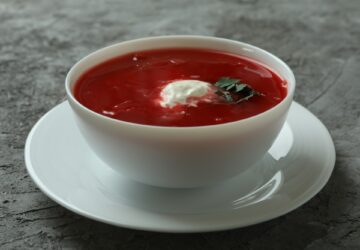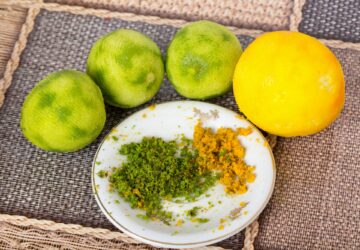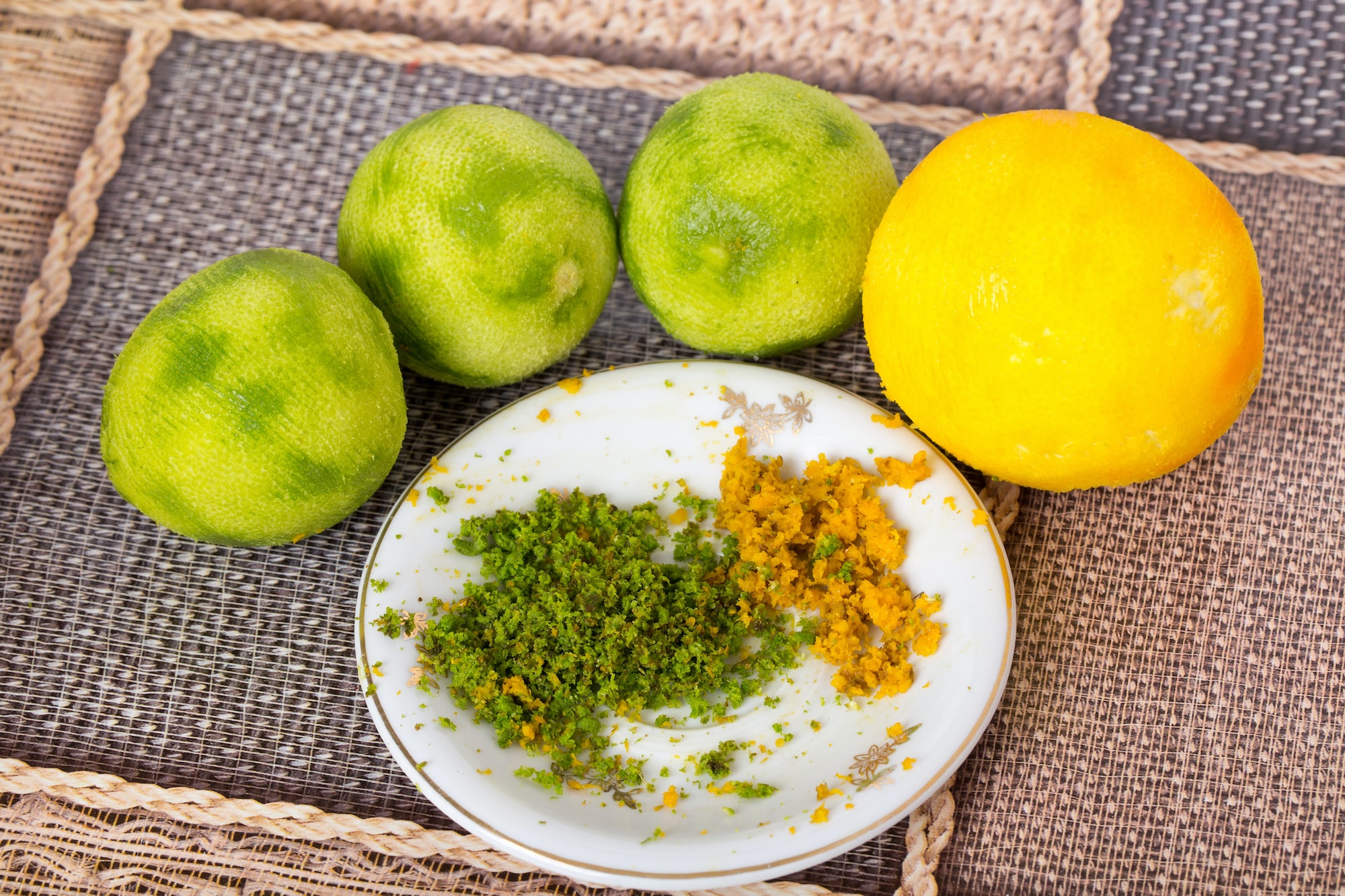Zest is a term that’s used quite often in the culinary world, and it refers to the outermost skin of citrus fruits, such as lemons, limes, oranges, and grapefruits. Here’s a more detailed overview:
- Composition: The zest contains the fruit’s essential oils, which is why it is so aromatic and flavorful. Unlike the zest, the white part beneath it, known as the pith, is bitter and usually avoided in culinary applications.
-
Usage: Zest can be used in various culinary applications to impart flavor:
- Baking: It can be added to baked goods like cookies, cakes, and muffins to give a subtle citrus flavor.
- Cooking: Zest can be used in marinades, sauces, and dressings. It can also be added to dishes at the end of the cooking process.
- Desserts: It’s commonly used in desserts like custards, mousses, and creams.
- Drinks: Zest can be used to flavor teas, cocktails, and other beverages.
-
How to Zest:
- Zester or Microplane Grater: This is the most common tool for zesting. It’s used to scrape off the zest in fine strips or grates.
- Vegetable Peeler or Paring Knife: If you don’t have a zester, you can peel the zest off with a vegetable peeler or a sharp knife and then finely chop it. However, you’ll need to be careful to avoid the bitter white pith.
-
Storage: If you find yourself with more zest than you need, you can store it:
- Refrigeration: Zest can be stored in a sealed container in the refrigerator for a short period.
- Freezing: For longer storage, you can freeze zest in a single layer on a parchment-lined tray and then transfer it to an airtight container once frozen.
-
Benefits: Beyond flavor:
- Nutrition: Zest contains a high concentration of beneficial citrus oils, vitamins, and antioxidants.
- Waste Reduction: Using zest helps ensure that you’re making the most out of every fruit, reducing waste.
-
Cautions:
- Choose Organic: Since you’re using the outer skin, it’s recommended to choose organic citrus fruits to avoid potential pesticides and waxes.
- Wash Thoroughly: Always wash the fruit well before zesting to remove any dirt or residues.
When instructing students or enthusiasts about the art of zesting, it’s important to emphasize the value of zest in enhancing the depth and complexity of flavors in dishes. It’s a simple technique, but it can make a significant difference in the outcome of a dish!








